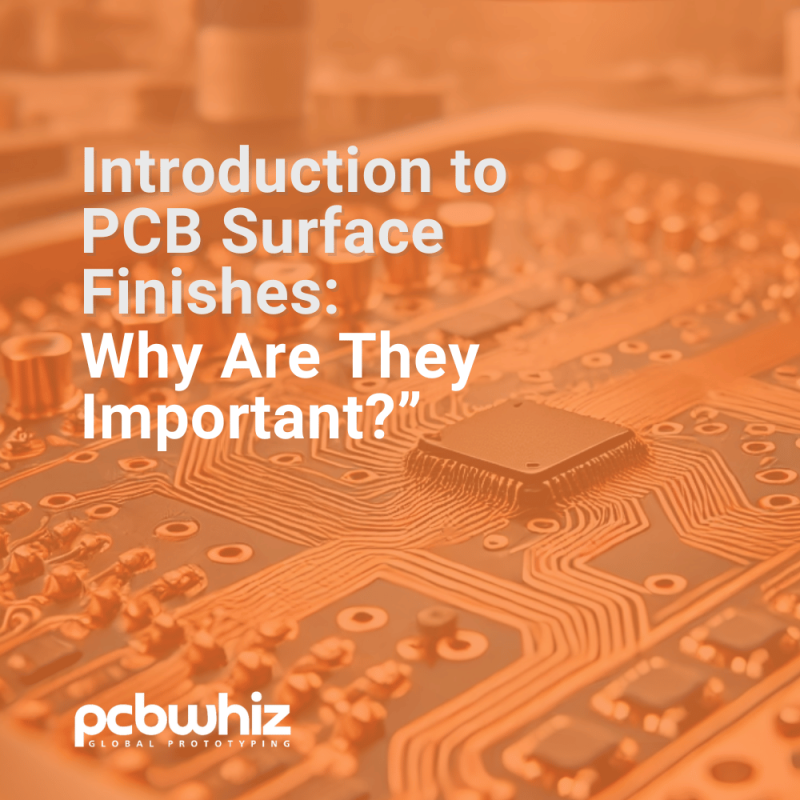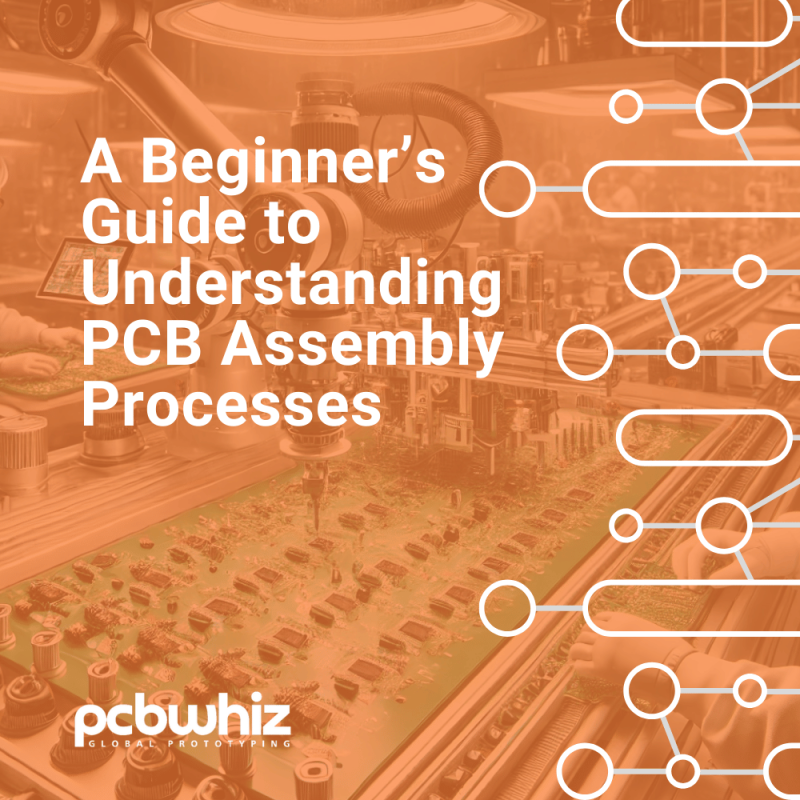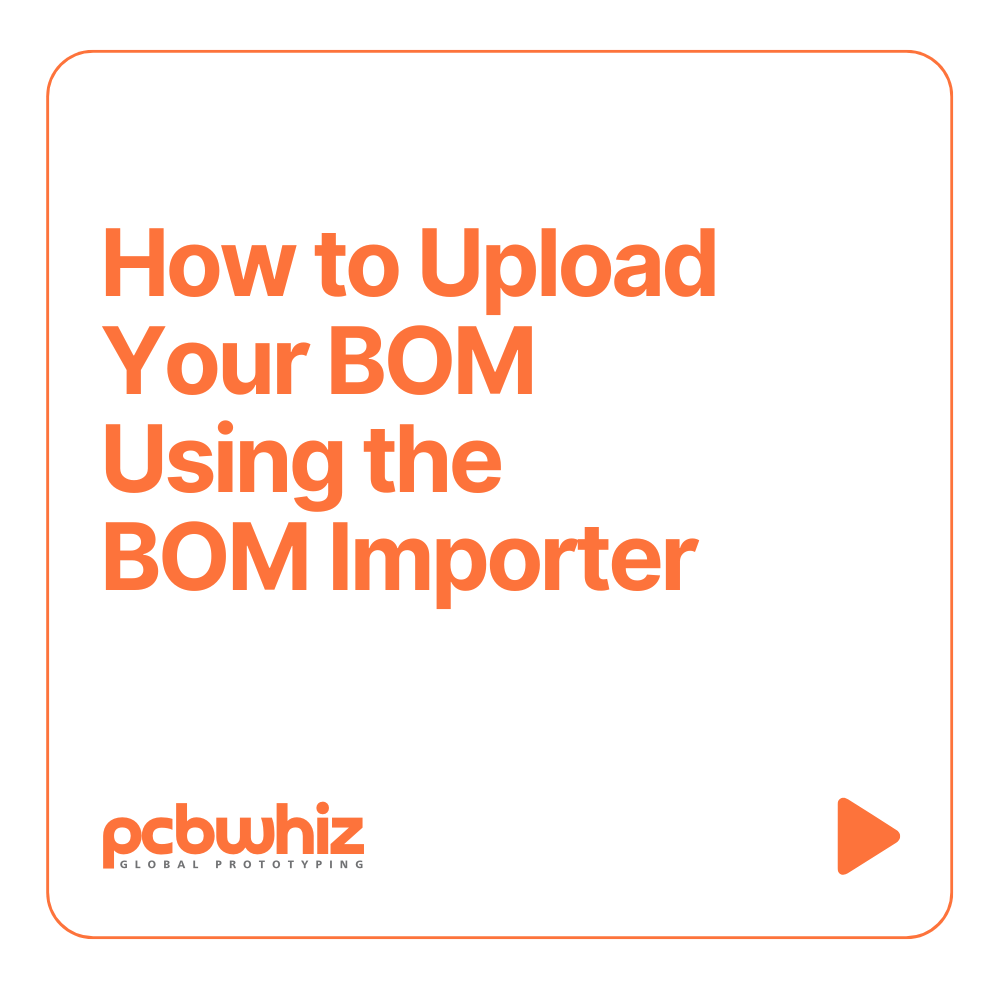Unlocking the Potential: How PCB Prototyping Drives Product Innovation
Martin Huang
Posted on June 27, 2024
Innovation is the heartbeat of every industry, fueling progress, breakthroughs, and the forward momentum of companies. In product innovation, Printed Circuit Board (PCB) prototyping is a game-changer. This process allows designers and engineers to bring their ideas to life, test concepts, and refine designs before mass production. Here’s how PCB prototyping unleashes innovation and revolutionizes industries across the board.
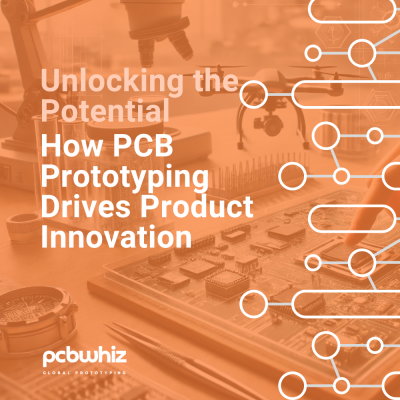
Accelerating Time to Market
Innovation is the heartbeat of every industry, fueling progress, breakthroughs, and the forward momentum of companies. In product innovation, Printed Circuit Board (PCB) prototyping is a game-changer. This process allows designers and engineers to bring their ideas to life, test concepts, and refine designs before mass production. Here’s how PCB prototyping unleashes innovation and revolutionizes industries across the board.
Design Validation and Optimization
PCB prototyping is essential for validating and optimizing designs. Transforming an initial concept into a physical prototype lets designers assess functionality, form, and performance. Rigorous testing reveals flaws, allowing for modifications that enhance overall performance and user experience. Prototypes enable designers to validate choices, assess feasibility, and optimize elements like power consumption, signal integrity, and thermal management. This stage minimizes costly design errors, ensuring the final product meets or exceeds expectations.
Cost Savings and Risk Mitigation
Prototyping offers significant cost savings and risk mitigation. Catching design issues early in the prototype phase prevents expensive mistakes in mass production. It’s cheaper to tweak a prototype than to rework or scrap a faulty batch of products. Prototyping also helps evaluate different components, materials, and manufacturing processes, identifying cost-effective solutions without compromising quality. Thorough testing in the prototyping phase reduces the risk of product failures or recalls, safeguarding both finances and reputation.
Iterative Development and Continuous Improvement
Prototyping supports iterative development, fostering continuous improvement. Creating and testing multiple design iterations in real-world conditions allows engineers to fine-tune products. Each iteration brings feedback, learning, and refinement, leading to superior end products. This iterative approach encourages innovation and a culture of continuous improvement within organizations. The feedback loop in PCB prototyping drives innovation and pushes boundaries.
Collaboration and Cross-Disciplinary Innovation
PCB prototyping promotes collaboration and cross-disciplinary innovation. Designers, engineers, and manufacturers work closely during the prototyping phase, sharing ideas and expertise. This collaborative environment sparks innovative solutions that leverage diverse skills. Prototyping breaks down departmental silos and fosters a holistic approach to product development, ensuring all aspects—design, functionality, manufacturability, and cost-effectiveness—are considered.
Enabling Complex and Advanced Technologies
Prototyping enables the development of complex, advanced technologies. From high-speed communication systems to IoT devices and wearable tech, PCB prototyping lets designers explore and implement cutting-edge technologies. It provides a platform to test and validate the integration of components, sensors, and modules, ensuring seamless functionality and optimal performance. Prototyping advanced technologies unlocks new possibilities and drives innovation in healthcare, automotive, aerospace, and consumer electronics.
The Role of PCB Manufacturers
PCB manufacturers are pivotal in unlocking the potential of prototyping. Their expertise and advanced facilities ensure high-quality prototypes that closely resemble final products. By working closely with designers and engineers, manufacturers offer valuable insights on design for manufacturability, material selection, and assembly techniques. Their capability to produce prototypes quickly, accurately, and cost-effectively allows rapid design iterations and exploration of multiple concepts.
Final Thoughts
PCB prototyping is a powerful catalyst for product innovation across industries. It accelerates time to market, enables design validation and optimization, saves costs, mitigates risks, and fosters continuous improvement. Through collaboration, cross-disciplinary innovation, and advanced technology integration, PCB prototyping unlocks potential for groundbreaking products shaping the future. Embracing PCB prototyping in product development helps companies stay ahead, meet customer expectations, and drive innovation to new heights.
Stay tuned for more insights on PCB prototyping, design best practices, and emerging technologies as we explore the exciting world of product innovation and technological advancements.

